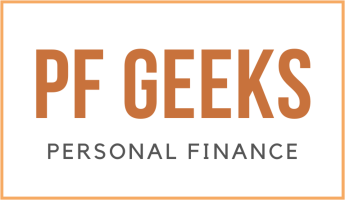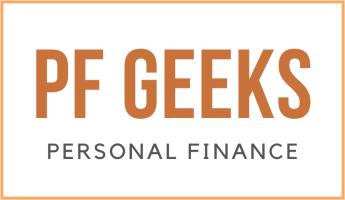Is a $200K Per Year Salary Good?
There is no standard definition of a good or bad salary. However, you are bound to ask questions when you get a job offer with a salary of around $200,000 per year. In particular, is a $200k salary good? Can it boost your net worth? Is a $200K Salary Good? $200K a year is generally …











